I am investigating the relevant standards in USB that allows a USB 2.0 device to obtain increased current from computers.
So far, my understanding is that, when the USB port is not suspended, the original USB 2.0 protocol allows a device to draw 100 mA during device enumeration. After enumeration is completed, the device can either be a low-power device and pull 100 mA (1 unit), or be a high-power device and draw 500 mA (5 units) from the host. Soon it followed that manufacturers started exploiting USB as a charging port, and the USB battery charging specification (USB BC) is established to accommodate this requirement.
More recently, the USB power delivery protocol is specified and it's possible to use it with USB 2.0, in principle, but it's only a new development and not widely supported.
USB BC standardized three types of ports on a USB host or hub.
Standard downstream port (SDP) - This class is basically same USB 2.0 port as originally specified.
Dedicated charging port (DCP) - This class is identified by a short between D+ and D-. Upon detection, a device can pull up to 1.5 A from this port. It's mainly designed for use by chargers, and can be implemented without any digital electronics. It's still commonly supported by a generic USB charger.
Charging downstream port (CDP) - This class is an extension to the standard USB 2.0 port, allowing a device to obtain up to 1.5 A of current. Upon attachment, a CDP is detected by performing a hardware handshake on D+ and D- lines: If a voltage between 0.4 V and 0.8 V is sensed on D+ of a host or hub device, then D- should respond with 0.5 V to 0.7 V. The device enumeration and digital communication follow after the handshake.
In my experience, every computer's USB 2.0 port is a SDP and power shortage is still a problem today. Charging is extremely slow, optical drives and hard drives drop out all the time. Sometimes, it's possible to obtain higher current, but it's only because the device is cheating by declaring itself as self-powered hub, or because the computer's USB power is not too restrictive and allows more current to be pulled, in this case, it's operating out-of-spec and successful operation is a matter of luck.
The charging downstream port is certainly an interesting port specified by the USB BC standard, and it was supposed to solve the power shortage problem on computer USB ports. But I have never ever seen a USB BC CDP on a computer - it's not useful for USB peripherals if it's not supported by computers.
This is the question: Did the USB 2.0 BC "charging downstream port" never catch on? Has a major computer manufacturer ever implemented it? If yes, which one? If no, are there applications that ever implemented a CDP? For what?


